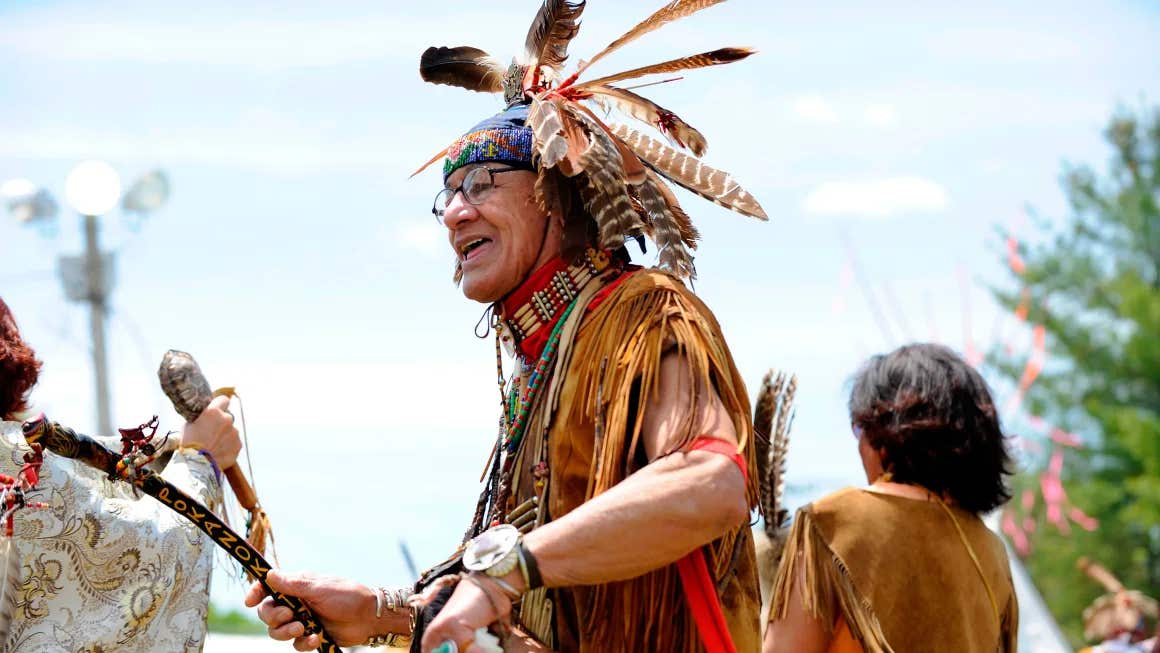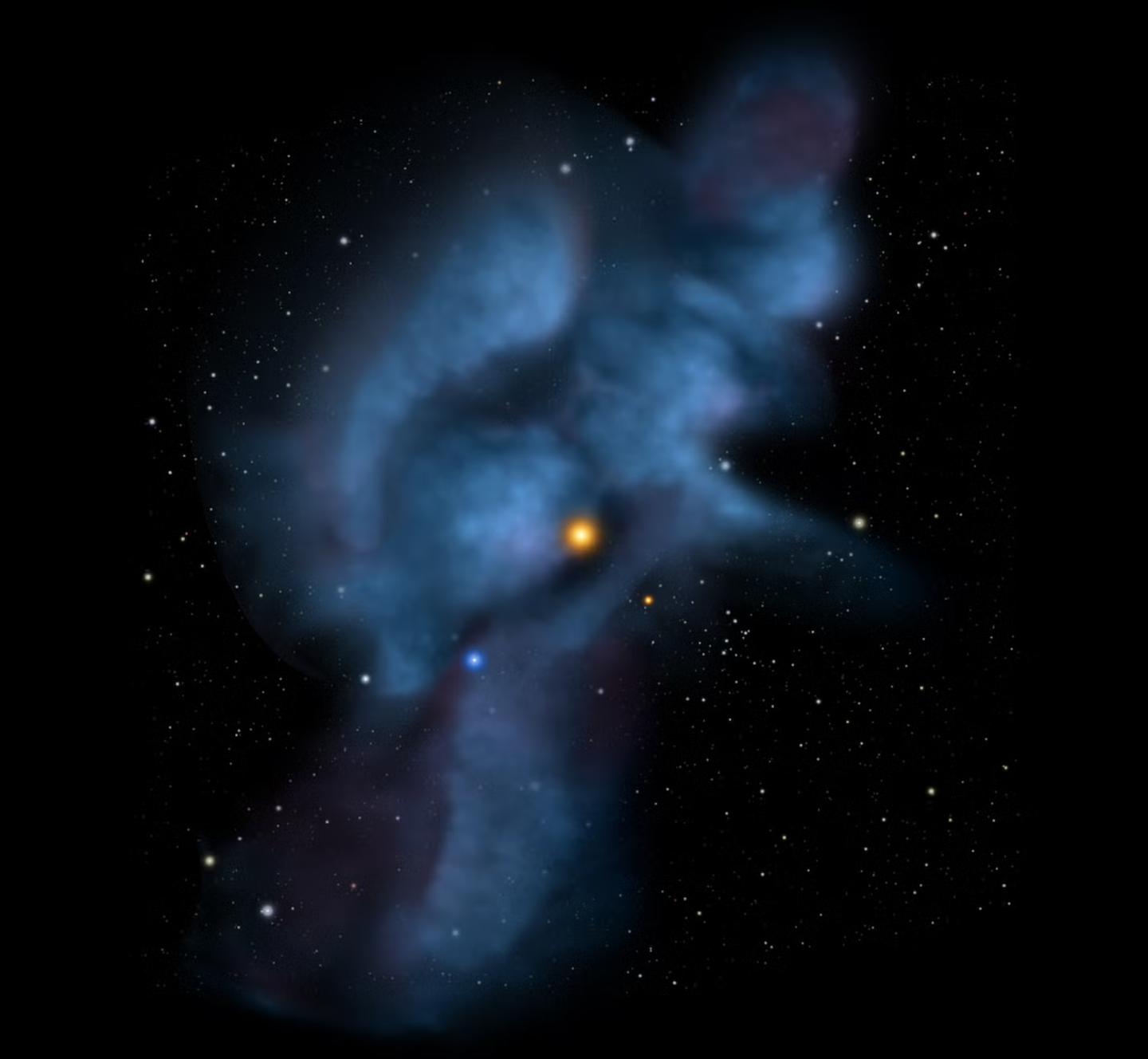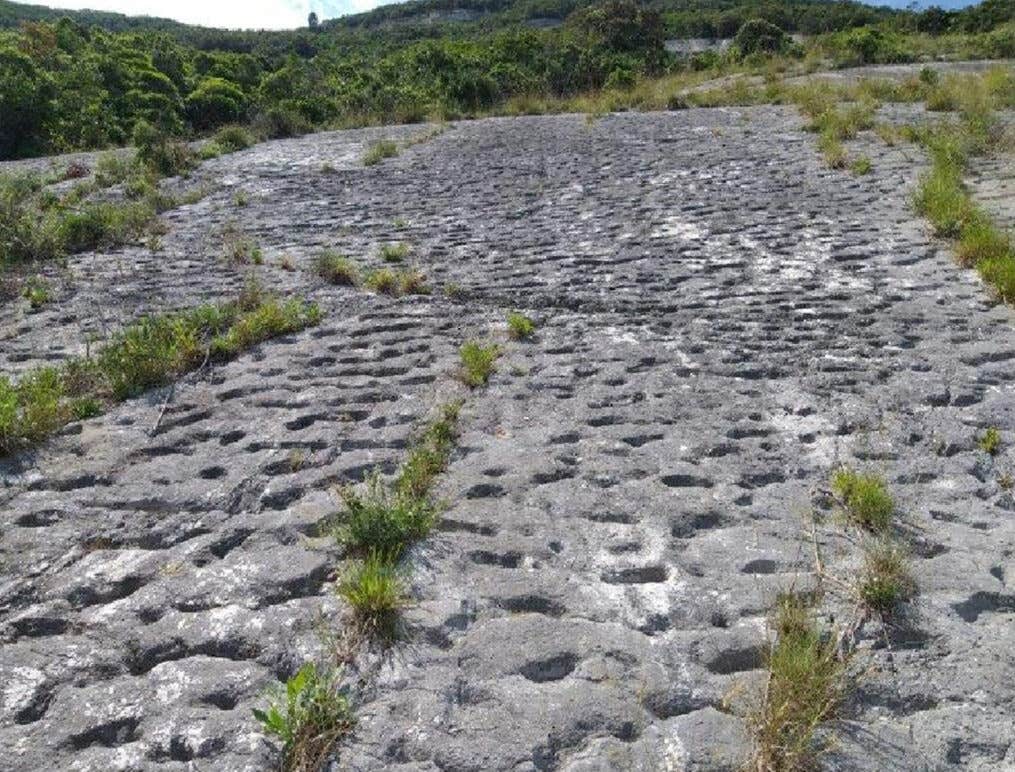New study challenges where Native Americans originally came from
New research challenges the long-held belief that Native Americans descended from Japan’s Jomon people.

For years, many believed that the First Peoples came from Japan. A new study disputes the connection using both genetic data and skeletal features. (CREDIT: Joseph Prezioso / Getty Images)
A long-held theory about the earliest migration to the Americas is under fresh scientific fire. For years, many believed that the First Peoples came from Japan, tracing their ancestry to the Jomon, a group that lived around 15,000 years ago.
That idea is now being seriously challenged. A new study in the journal PaleoAmerica disputes the connection using both genetic data and skeletal features. The research casts doubt on a story archaeologists have long supported.
Those archaeologists have often pointed to stone tools as proof. Similar shapes and designs between Jomon artifacts and those found in early American sites were taken as evidence. These findings helped fuel the belief that people crossed the Bering Land Bridge from Asia along the northern Pacific coast.
Once on the continent, they spread fast. Within just 2,000 years, early populations had reached as far south as the tip of South America. The similarity in stone tools remained central to the theory that they came from ancient Japan.
But a new line of evidence is now pulling that idea apart. Experts in Ice-Age genetics and human dental biology dug deeper into the origins of Native Americans. They studied more than just tools—they looked at teeth.
Leading the effort was anthropologist Richard Scott. With nearly five decades of experience, Scott has studied dental traits across the globe. His team used modern statistical tools to compare teeth from groups in Asia, the Pacific, and the Americas.
The findings were stark. There was little connection between the Jomon and Native Americans. Only 7% of the dental samples showed any overlap with non-Arctic Indigenous groups in the Americas.
“We found that the human biology simply doesn’t match up with the archaeological theory,” Scott said. “These people who lived in Japan 15,000 years ago are an unlikely source for Indigenous Americans. Neither the skeletal biology nor the genetics indicate a connection. The most likely origin for Native Americans appears to be Siberia.”
Related Stories
The genetic evidence aligns with the dental findings. Co-author Professor Dennis O’Rourke, an expert in the genetics of Indigenous Americans, explained that maternal and paternal lineages in early Jomon and American populations do not overlap.
"Recent studies of ancient DNA from Asia show that the two groups diverged from a common ancestor much earlier than previously thought," he stated. This view was echoed by co-author Professor Jennifer Raff, who has extensively studied the genetics of Ice-Age populations.
Their findings build on earlier work by O’Rourke and Raff, including a groundbreaking analysis of ancient DNA from Ice-Age remains in Alaska in 2016. This latest study, supported by archaeological and ecological experts, adds another layer of complexity to the story of human migration to the Americas.
Adding weight to the study’s conclusions is a recent genetics paper on the Japanese population, which found evidence of three distinct migrations into Japan, rather than two as previously believed. This supports the idea that the Jomon population’s genetic makeup is distinct from that of Indigenous Americans.
Moreover, a separate archaeological discovery in New Mexico unveiled human footprints dating back 23,000 years. These footprints, described as definitive evidence of human presence in North America before the Last Glacial Maximum, challenge previous timelines. Yet, they offer no support for the theory that Indigenous Americans originated from Japan.
The study’s authors acknowledge limitations, such as the relatively young age of available Jomon DNA and dental samples, which date back less than 10,000 years.
Despite this, they argue these samples are reliable proxies for earlier populations in Japan. "We assume they represent the Incipient Jomon or the people who made stemmed points in Japan 16,000–15,000 years ago," the authors wrote.
The findings call for a reevaluation of how we understand the migration of the First Peoples. While it remains likely that they reached the Americas via the Northwest Pacific coast, their origins appear to lie in Siberia, not Japan.
Professor Scott emphasized, "The Incipient Jomon population represents one of the least likely sources for Native American peoples among non-African populations."
This study marks a significant shift in our understanding of early human migration. By combining advanced genetic and dental analyses, it highlights the importance of revisiting long-held assumptions.
The search for definitive answers continues, with scientists exploring new evidence to refine the complex story of how humans first populated the Americas.
Note: Materials provided above by The Brighter Side of News. Content may be edited for style and length.
Like these kind of feel good stories? Get The Brighter Side of News' newsletter.



